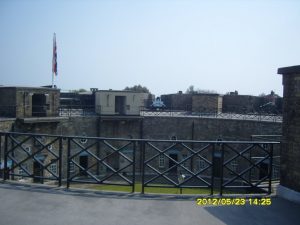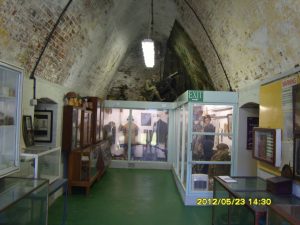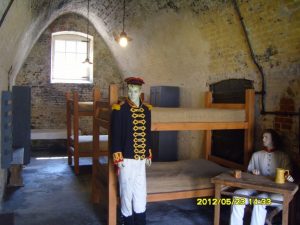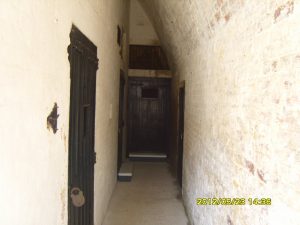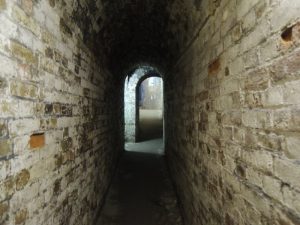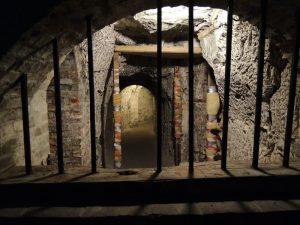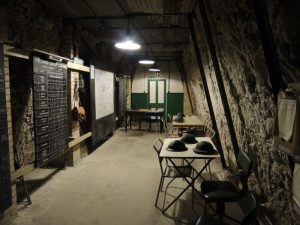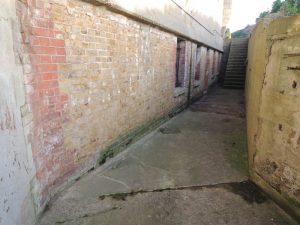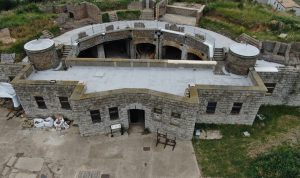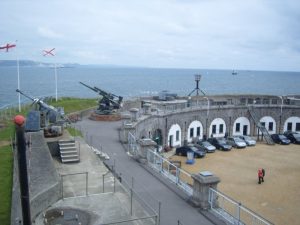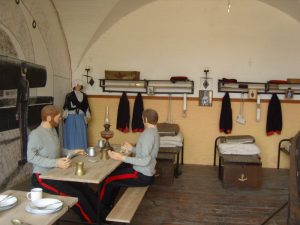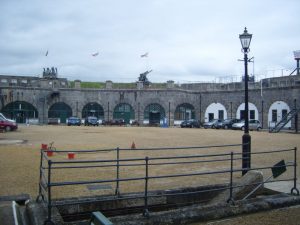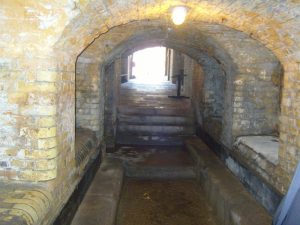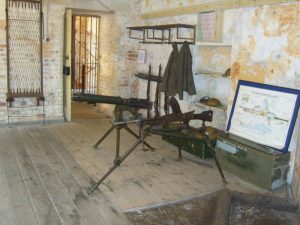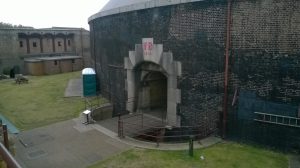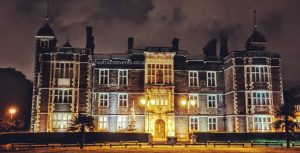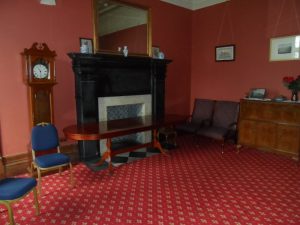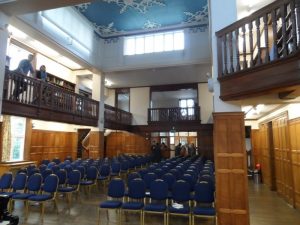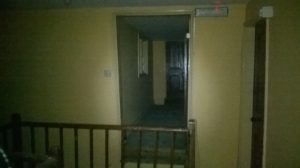Event Showcase: Harwich Redoubt Fort
https://www.ghosthuntevents.co.uk/harwich-redoubt-fort.php
History of Harwich Redoubt Fort
The Redoubt Fort in Harwich, Essex was constructed between 1808 and 1810 to protect the port of Harwich against the threat of Napoleonic invasion. The fort was constructed on a hill, which allowed views in all directions.
French prisoners of war were made to help construct the fort. The fort has a central parade ground. It was originally armed with ten 24 pounder cannons. In 1861 a 68 pounder cannon was added to the fort’s weapon range.
No shot was ever fired in anger at the Fort. The fort was briefly used during the Second World War to house British troops awaiting trial.
Ghostly Activity
Witnesses have reportedly seen apparitions through the windows and heard unexplained footsteps. Many visitors to the fort have also reported being touched by unseen hands in the lower casements. There have also been many other mysterious noises and apparitions seen by visitors.
The fort is well known for the apparition of a headless soldier. In 1972 a soldier was decapitated by a cable attached to a 12 ton cannon which broke under the strain. It is rumoured that this soldier now roams the fort.
Ghost Hunting
We have been investigating the #RedoubtFort since 2017 and we have witnessed lots of paranormal occurrences as we set up waiting for guests to arrive. As well as capturing interesting photos in various rooms, we often hear disembodied whistles and names being called.
Our favourite areas are; The room with all the display cases, ouija boards are good here, the room with the boat, again ouija boards and table tilting are good here. The Cells are always quite active for tech and EVP’s as is the room with the bunk beds and the very lifelike mannequin which seems to lend itself to good séance sessions.
You can watch our videos at https://youtu.be/3sSi_p5qEMQ?list=PLqWQMrZeI7VTNGFxDqITBPUGEN5PXnAC0
